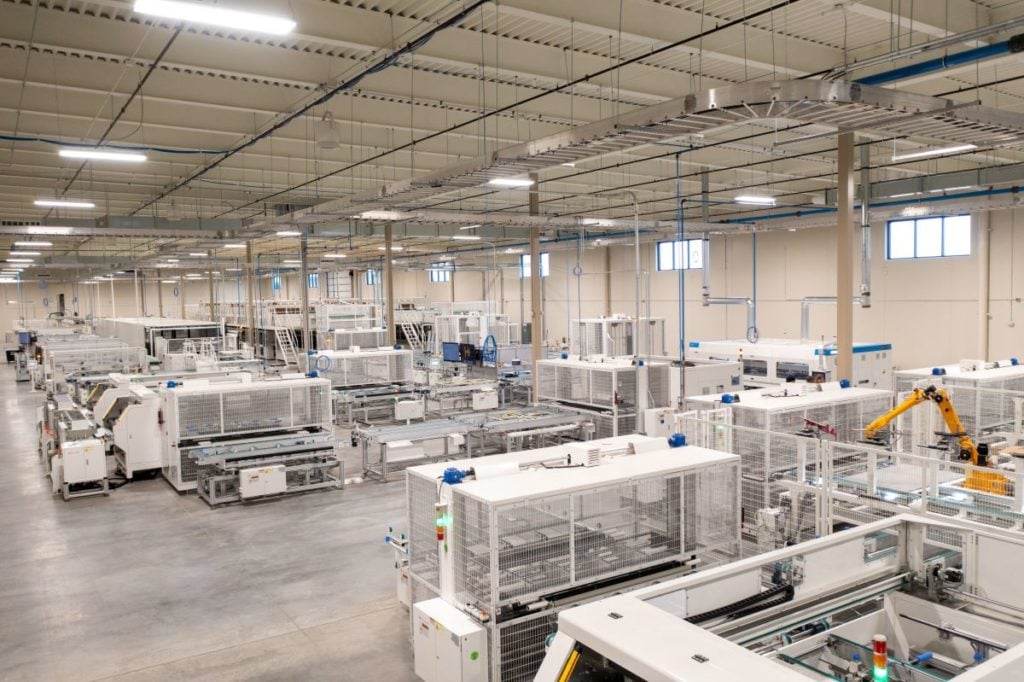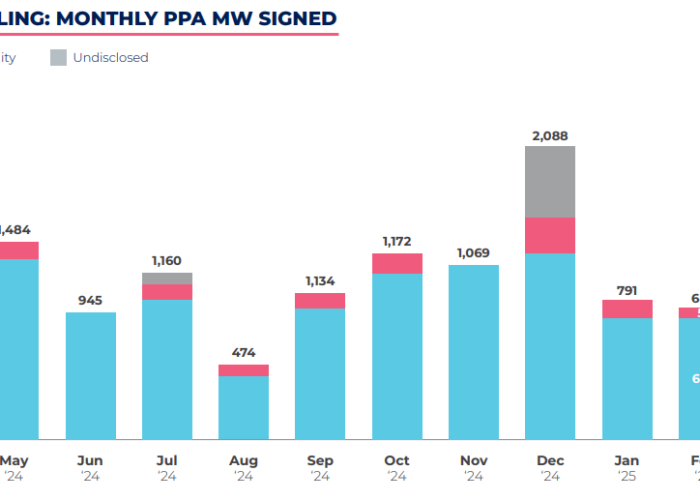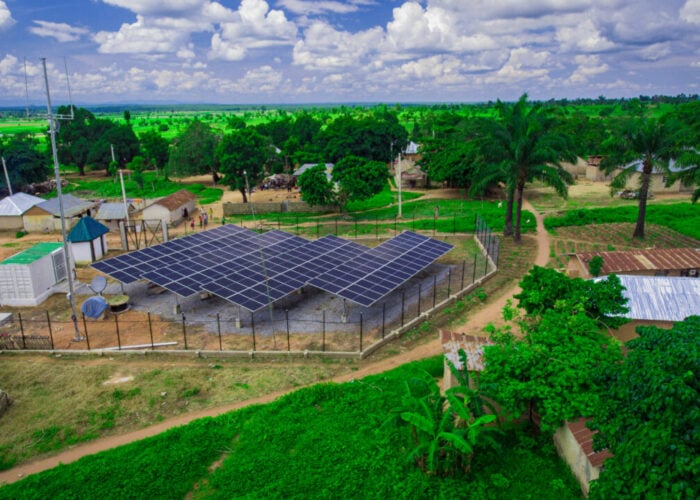
Canadian solar PV module manufacturer Heliene has doubled the capacity of its Mountain Iron, Minnesota module production line to 300MW following an extra US$10 million investment into the facility.
With this expansion to one of its original manufacturing lines – which was first installed in 2018 – Heliene will now be able to produce n-type tunnel oxide passivated contact (TOPCon) solar modules. It will also improve the efficiency of production, the company said. The line is located contiguous with another, 500MW production line, which brings the total capacity of the Mountain Iron facility to 800MW.
Unlock unlimited access for 12 whole months of distinctive global analysis
Photovoltaics International is now included.
- Regular insight and analysis of the industry’s biggest developments
- In-depth interviews with the industry’s leading figures
- Unlimited digital access to the PV Tech Power journal catalogue
- Unlimited digital access to the Photovoltaics International journal catalogue
- Access to more than 1,000 technical papers
- Discounts on Solar Media’s portfolio of events, in-person and virtual
Or continue reading this article for free
In September, Heliene secured US$170 million to expand its manufacturing capacity with two 300MW lines, of which this is the first.
This is another step along Heliene’s path to expand its operations in Minnesota. In addition to this now-800MW site, and earlier this year it announced plans to invest around US$145 million in a 1.5GW/1GW TOPCon cell and module production facility in the US state.
On the announcement of the most recent capacity expansion, CEO of Heliene Martin Pochtaruk said: “We’re proud to be delivering on our commitment to grow our US-based manufacturing capacity and create new clean energy jobs with the refurbishment of Minnesota Line One.
“Recent funding and federal incentives are helping us grow our facilities and workforce to keep up with historically high demand for domestically produced solar PV modules.”
On the topic of US domestic module production, Pochtaruk spoke with PV Tech Premium in July about the domestic content proposals for solar manufacturing under the IRA, which would introduce a 10% extra tax credit for projects that deploy domestically-made products. The threshold for ‘domestically made’ calls for a cost-based calculation whereby 40% of an asset’s component value must be produced in the US, rising to 55% in 2026. This, according to Pochtaruk, presents a challenge to the majority of US-based manufacturers, as around half of the cost of a PV module comes from the cell, and cell production in the US is yet to find its feet.
In addition to its capacity expansions, Heliene signed a 1.5GW supply agreement with US community solar developer Nexamp in September to supply the latter’s community solar projects over the next five years. Heliene said that the supply would come from its Minnesota TOPCon production facilities to supply around 400 community solar projects across the US.






